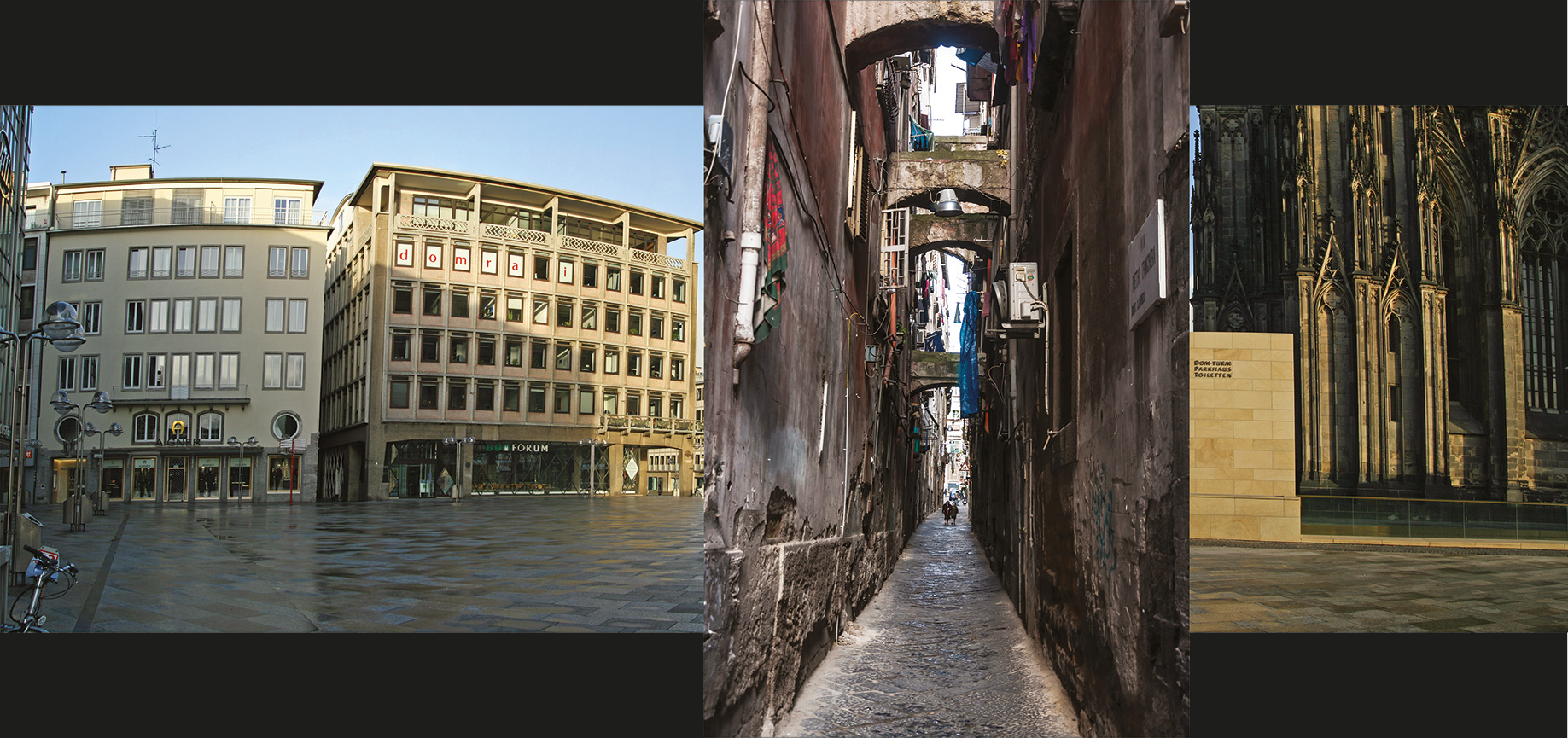In order to contend with extreme and imminent climate change, and to sustain cultural cohesion in the inhospitable environments that may result, we need to learn how to adapt and live with extremes by embracing climatically appropriate architecture and infrastructure. Combining the sciences and the arts, The Consortium for Climate-Adapted Architectural Heritage forecasts future climates in terms of geographically-based climate analogs – elucidating the future climate of any given location by identifying places that currently have the anticipated climate conditions – helping communities to adapt to climate change through preemptive modification of the built environment.
Climate-Adapted Architectural Heritage
Project goals
Adaptation of architectural heritage is important because social cohesion has historically been sustained by traditional houses and neighborhoods – which often enshrine essential cultural values and spiritual beliefs – but architectural vernaculars may not provide suitable shelter given future weather patterns. They may also cease to be sustainable from the perspective of maintenance, because traditional building materials may no longer be locally available. By combining climate modeling with building physics, we can identify structural components that will be locally appropriate and sustainable in the future, and learn how to combine them with customary architectural vernaculars in ways that maintain the comfort of inhabitants. Climate-adapted heritage architecture is inherently hybrid, sustaining cultural continuity by varying building physics to address novel weather with minimal impact on traditional lifeways. The process of creative adaptation is also vital: The diversification of options and degrees of freedom will increase resilience.
Project results
This cooperative effort is supported not only by the development of practical tools but also by high-visibility public engagement. By showcasing climate-adapted heritage structures before the climate has radically changed, the initiative provokes discussion about root causes of existential threats, generates new insights about socio-political priorities, and motivates people to act more responsibly to sustain the environment we have today. Beginning with an exhibition planned for 2026 – to be supported by an interactive website, a publication, and a speaking series – the consortium will amass a global repository of vernacular architecture and develop a practical methodology for climate adaptation to be implemented worldwide.
Project partners
Project Co-Director
- Jonathon Keats
The University of Arizona
Consortium Members
- Prof. Dr. Ingrid Scheurmann
The Technical University of Dortmund - Prof. Robert R. Dunn
North Carolina State University - Dr. Matthew Fitzpatrick
The University of Maryland Center for Environmental Science - Anke Schlünsen-Rico, M.A
The Climate Service Center Germany (GERICS) - Dr. Bettina Wodianka
The Goethe-Institut San Francisco
